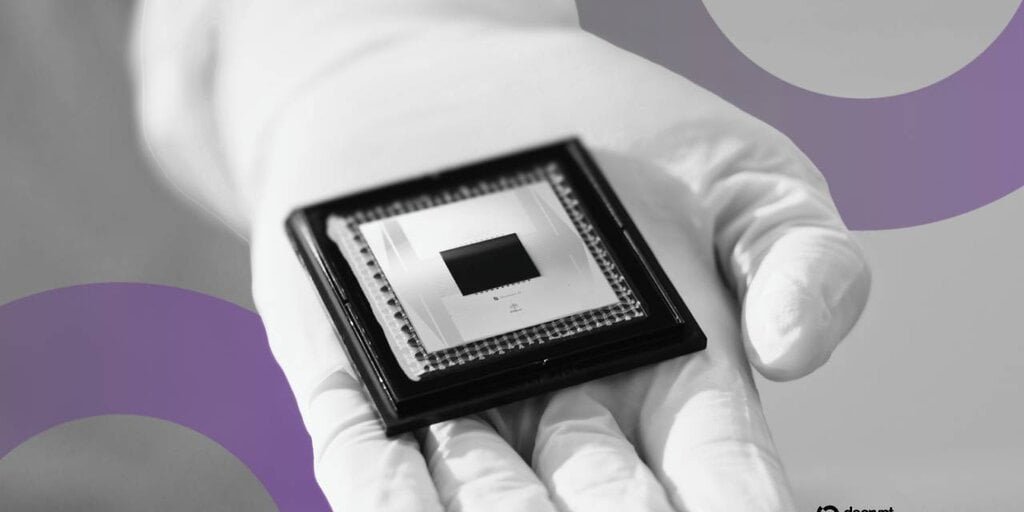IBM’s Quantum ‘Cat’ Roars: A 120-Qubit Breakthrough Pushing Bitcoin’s Encryption Risk Closer
In a significant leap for quantum computing technology, IBM has recently unveiled its latest quantum processor, aptly named ‘Quantum Cat’, which boasts an impressive 120 qubits. This groundbreaking advancement could have profound implications for the realm of cryptography, particularly affecting cryptocurrencies like Bitcoin which rely heavily on cryptographic algorithms for security.
The Quantum Leap
IBM’s ‘Quantum Cat’ represents one of the most powerful quantum computers to date, doubling the capacity of IBM’s previously released 65-qubit processor. Quantum computing harness by utilizing qubits (quantum bits), unlike traditional computers which operate using binary bits. This intrinsic property allows quantum processors to solve complex calculations much faster than their classical counterparts.
The launch of a 120-qubit machine marks a critical milestone towards achieving ‘quantum supremacy’, where a quantum computer can perform tasks that a classical computer cannot realistically achieve in a viable timeframe. IBM’s acceleration in their quantum capabilities demonstrates promising potential but also triggers new considerations in the field of cybersecurity.
The Bitcoin Conundrum
Among the various sectors that could be disrupted by quantum computing, cryptocurrencies like Bitcoin are particularly susceptible. Bitcoin’s security relies on cryptographic techniques, primarily public-key cryptography, which could theoretically be broken by a sufficiently powerful quantum computer.
The foundation of Bitcoin’s security is the difficulty associated with tasks like factoring large numbers, a challenge for classical computers but potentially manageable for quantum computers as they evolve. IBM’s 120-qubit processor, while still in the nascent stages, is a significant step towards machines capable of breaking encryption methods currently considered secure.
Risk to Bitcoin’s Encryption
The essential encryption algorithm at risk is RSA (Rivest-Shamir-Adleman) which is widely used for securing data transmissions. Similarly, cryptographic processes that underpin Bitcoin and other cryptocurrencies could be compromised when a sufficiently advanced quantum computer is available. One such process is the Elliptic Curve Digital Signature Algorithm (ECDSA), crucial for the integrity and security of blockchain technologies.
If ECDSA were to be broken, the consequences could be severe. An attacker could potentially forge transactions or steal coins directly from users’ wallets, undermining trust in the entire cryptocurrency system.
Preparing for the Quantum Age
Though the prospect of quantum attacks on Bitcoin might seem alarming, it’s important to note that such capabilities require quantum computers with thousands of qubits. However, as IBM and other tech giants continue to make rapid advancements in this area, the cryptographic community is also innovating, with researchers actively developing quantum-resistant algorithms.
Organizations like the National Institute of Standards and Technology (NIST) are currently in the process of standardizing new post-quantum cryptographic protocols. These efforts are critical to prepare the digital security landscape to withstand the future onslaught of quantum computing powers.
Conclusion
IBM’s unveiling of the ‘Quantum Cat’ processor presents both an exciting vision of computational potential and a clarion call to the crypto-world about imminent quantum risks. The breakthrough emphasizes the urgent need for the cryptographic community to accelerate the adoption of quantum-resistant technologies.
As we stand on the brink of a quantum era, the challenge remains for technology developers and cryptographers to erect robust defenses, ensuring that as quantum computing roars ahead, our digital security frameworks are not left behind.



